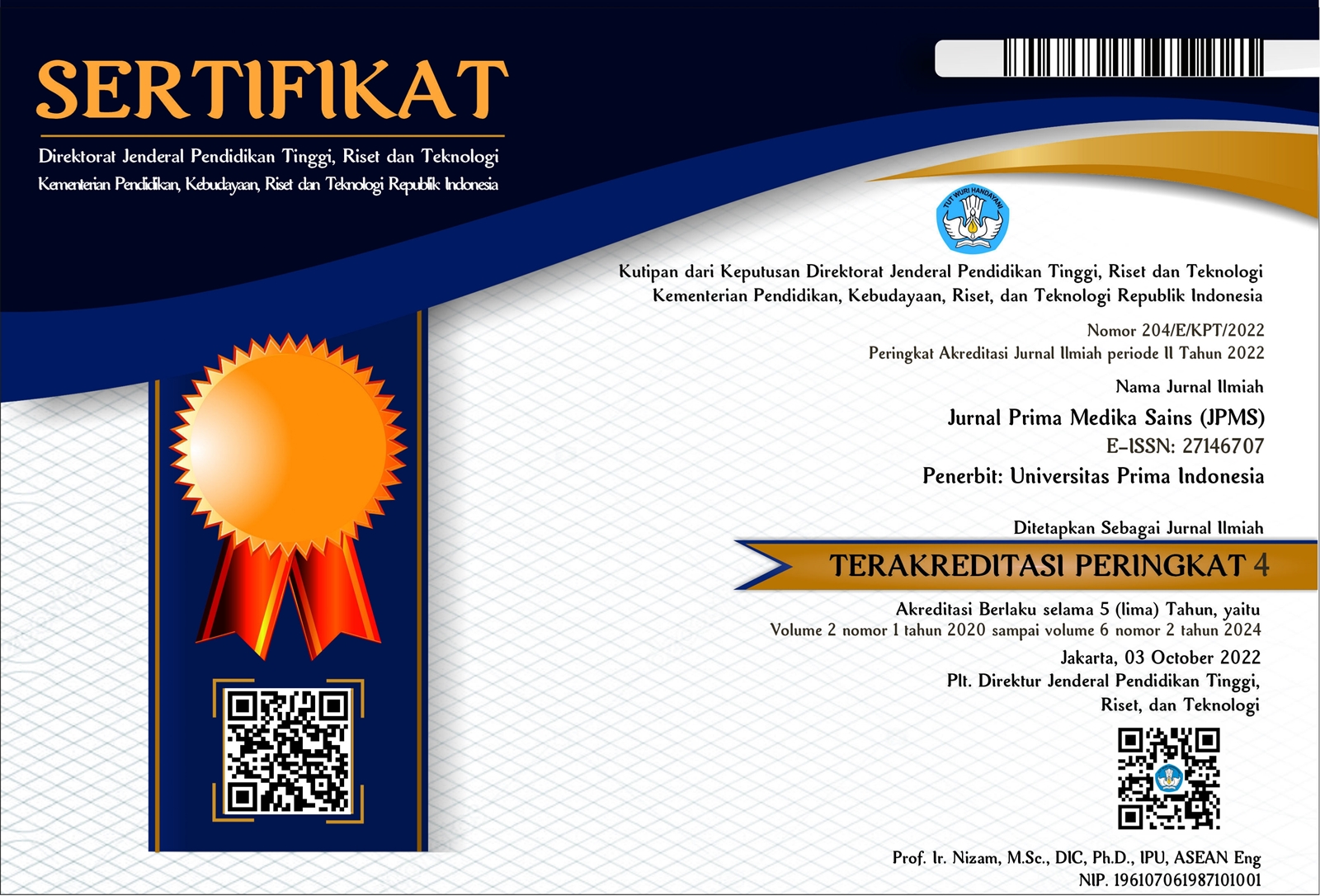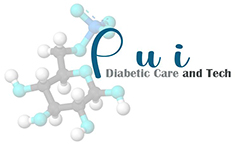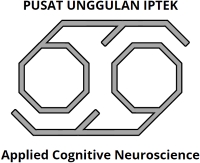Celery leaf extract cream is a potential wound healing agent
DOI:
https://doi.org/10.34012/jpms.v5i2.4400Keywords:
wound healing, incision wound, celery leaf extract creamAbstract
Natural ingredients have been widely used for wound care and healing because of their flavonoid, saponin, and tannin contents, which can facilitate the healing process. This study aimed to examine the efficacy of celery leaf extract cream in the treatment of cutaneous wounds on the surfaces of white Wistar rats. This study involved laboratory-based experimental research utilizing a pretest-posttest with a control group design. Twenty white rats were sampled for this study and divided into four groups, each consisting of five rats, including one control group and three treatment groups. The extract was obtained via maceration, whereas the celery leaf extract cream contained an oil-in-water emulsion. A one-way Anova test was used to test differences between groups (p < 0.05), and a Post Hoc test with LSD technique was conducted to determine the most effective treatment group. Celery leaf extract cream has been found to be more efficient in accelerating skin regeneration and stimulating fibroblast proliferation than base cream. This is evidenced by the superior performance of the celery leaf extract cream treatment group in closing the incision wound, as well as the group's higher production of fibroblasts that are essential for wound healing, compared to the base cream group. This is evidenced by the superior performance of the celery leaf extract cream treatment group in closing the incision wound, as well as the group's higher production of fibroblasts that are essential for wound healing, compared to the base cream group. The anti-inflammatory and antioxidant properties of the flavonoids found in celery leaves can potentially prevent the formation of free radicals and expedite wound healing.
Downloads
Published
How to Cite
Issue
Section
License
Copyright (c) 2023 Cory Cintia Akalili, Irza Haicha Pratama, Linda Chiuman

This work is licensed under a Creative Commons Attribution 4.0 International License.






